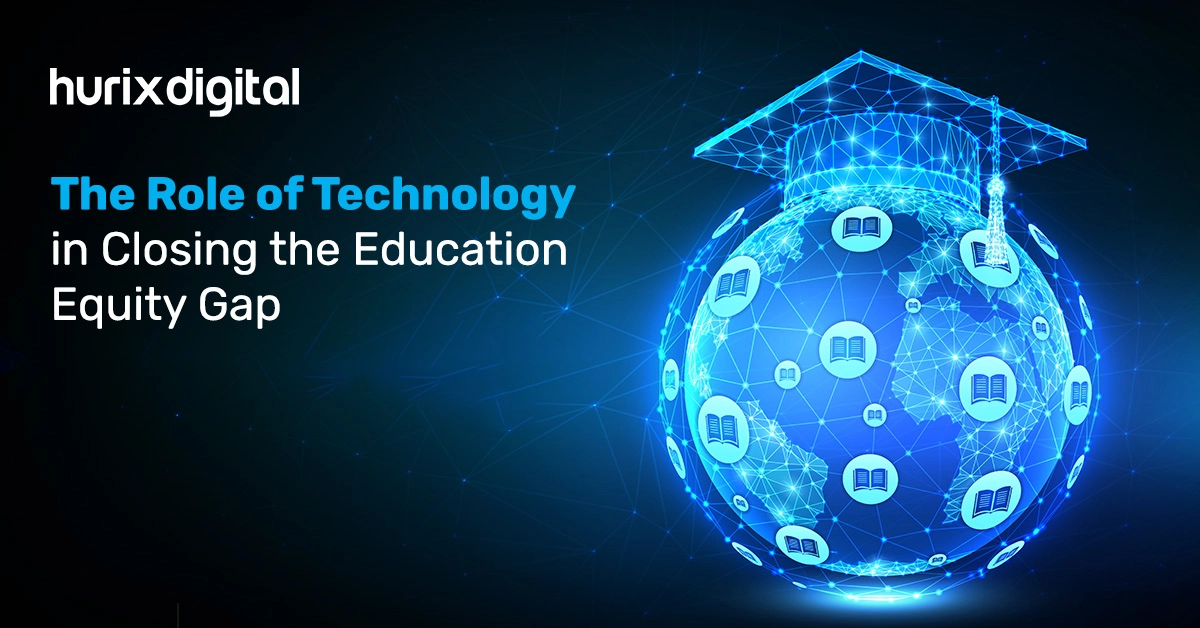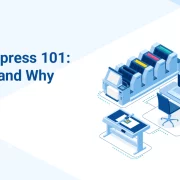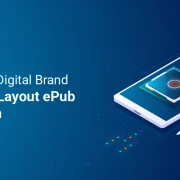
The Role of Technology in Closing the Education Equity Gap
Summary
Educational technology can close equity gaps in higher education by enhancing accessibility, affordability, and personalized learning, despite digital divide challenges.
The dynamic field of education technology, or edTech, offers an intriguing paradox: It can democratize education and deepen current inequalities. To fully realize this potential, access to suitable technology and efficient educational approaches for digital tools is essential.
Concerningly, as technology integration gains importance, the divide between those with access to useful tools and those who do not widens. With a predicted CAGR of 13.4% from 2024 to 2030, the global education technology market, valued at $142.37 billion in 2023, is expected to rise substantially. However, this growth raises concerns about equitable access.
Equity gaps in higher education manifest as inequalities in achievement and opportunities across diverse demographics, including race, socioeconomic status, and geographic location. These disparities are evident in access to resources, academic success rates, and post-graduation outcomes.
The pursuit of achieving educational fairness, guaranteeing that every student can access high-quality learning chances, continues to be a daunting hurdle. However, advancements in educational technology show potential for narrowing this equity gap.
The article highlights the importance of using technology to address the ongoing digital divide in higher education, stressing the need for strategic planning to achieve fair access and positive learning outcomes.
Table of Contents:
- The Role of EdTech in Bridging the Equity Gap
- Challenges and Considerations
- Strategies for Equitable EdTech Implementation
- The Bottom Line
The Role of EdTech in Bridging the Equity Gap
EdTech solutions have the potential to revolutionize education by:
1. Accessibility and Affordability
EdTech platforms extend cost-effective and adaptable learning alternatives accessible anytime and from any location. Online learning accessibility dismantles obstacles to education, especially for students limited by their location or financial situation.
Students in underserved communities with limited access to traditional resources are empowered through online classes, digital textbooks, and mobile learning applications.
EdTech solutions can overcome regional restrictions and provide quality education regardless of location. Online learning platforms, digital content, and mobile applications can extend learning beyond conventional classroom settings.
2. Personalized Learning
Education policies that follow a “one-size-fits-all” model frequently make equity inequalities worse by ignoring each student’s particular requirements and learning preferences.
EdTech solutions utilize artificial intelligence and data analytics to provide individualized learning experiences that cater to each student’s skills, interests, and preferences. Regardless of a student’s background or past academic achievement, edTech supports academic success and engagement by meeting their unique learning needs.
3. Closing the Achievement Gap
EdTech interventions demonstrably aid in closing the achievement gap by extending targeted support to struggling students. Adaptive learning platforms, virtual tutoring programs, and gamified modules facilitate early identification of at-risk students and equip them with resources to succeed.
Challenge-based gamification strategies outperform traditional lectures, leading to an impressive 89.45% increase in learning outcomes. Gamification, simulations, and multimedia resources can spark curiosity and motivate students who might struggle in traditional settings. Addressing learning gaps promptly allows edTech to level the playing field and ensures that all students have the opportunity to maximize their potential.
4. Cultivating Inclusive Learning Environments
Despite an estimated 240 million children with disabilities globally, these individuals are often marginalized in education policy. This exclusion limits their access to education and hinders their full participation in social, economic, and political spheres.
Alarmingly, children with disabilities have some of the highest out-of-school rates worldwide. Persistent barriers rooted in discrimination, societal stigma, and a systemic failure to integrate disability considerations into education services continue to pose significant challenges.
Digital learning tools can bridge the educational gap for children with disabilities by providing alternative learning methods and promoting diversity, cultural competence, and collaboration across student backgrounds.
Students can participate actively, exchange viewpoints, and cultivate an understanding of others’ situations through virtual reality simulations, online discussion forums, and collaborative project-based learning platforms. A welcoming and empowering learning environment where all students feel valued can be facilitated by adopting inclusive education technology.
5. Data-Driven Instruction
Teachers previously relied on data points, such as exam results and class attendance, to gauge students’ comprehension. EdTech systems can monitor student development in real time, spot at-risk pupils early on, flag areas of difficulty, and enable instructors to intervene before issues snowball. This makes it possible to provide focused assistance, including customized study schedules or referrals to online tutoring services.
In the classroom, data analytics technology in education highlights hidden learning gaps that could go undiscovered in more conventional settings. An adaptive learning platform can tell, for instance, if a student is struggling with a specific concept within a broader topic. Educators can adjust their method, for example, by providing additional practice exercises or alternative explanations based on the student’s preferred method of learning based on this.
Also Read: 10 Trends in Education Technology That Will Have a Major Impact in 2024
Challenges and Considerations
Despite the significant education technology benefits, it is vital to recognize some possible obstacles:
1. Digital Divide
Unequal technology access and unreliable internet connectivity can exacerbate pre-existing educational gaps. It is imperative to undertake efforts to close the digital gap for fair access to edTech solutions.
2. Training and Assistance for Teachers
Teachers must continue professional development to integrate technology effectively. They must receive training on how to use edTech resources effectively to improve student learning outcomes.
3. Cost and Sustainability
Hardware, software, and continuing maintenance expenses may be incurred when implementing edTech solutions. Sustainable funding models can ensure long-term access to these technologies.
Strategies for Equitable EdTech Implementation
Institutions must implement a comprehensive strategy to leverage edTech for educational equity. It includes:
- Requirement Analysis: It is essential to conduct a comprehensive evaluation of the particular equity issues and deficiencies to customize edTech projects.
- Stakeholder Engagement: Involving faculty, administrators, students, and community partners in stakeholder engagement helps to ensure that edTech is by its priorities.
- Professional Development: Improving faculty and staff digital literacy and cultural competence boosts effective technology integration in professional development.
- Equity-Centered Design: Embracing an equity-centered design approach emphasizes the distinct requirements of marginalized communities.
- Data-Driven Evaluation: Continual monitoring and evaluation using data helps refine edTech interventions for better impact.
Check out EXCLUSIVE: Hurix Digital Develops 100 Interactive Learning Programs for a Leading US-Based Education Institution in Just a Year
The Bottom Line
Technology in education alone cannot solve the complex issue. However, edTech solutions can be an effective instrument for leveling the playing field in education if they are applied carefully and supported by focused initiatives. Implementing tech takes considerable thought to prevent aggravating already-existing disparities.
To handle unforeseen issues and guarantee that solutions stay accessible to varied student populations, regular evaluations and feedback systems are necessary. Higher education institutions may play a critical role in closing the equity gap and fostering inclusive learning environments for all students by utilizing edTech and evidence-based practices.
We, at Hurix Digital, believe that to fully realize the promise of educational technology, a multidimensional strategy centered on inclusivity, accessibility, and ongoing improvement is necessary. Our awareness of what today’s tech-savvy students require allows us to create content intended to be engaging, relevant, and accessible, ensuring all students have the opportunity to succeed.
Hurix Digital produces dynamic educational content in the forms of animations, simulations, and media formats to accommodate a range of learning methods. Contact us today to learn more.

Senior Vice President
A Business Development professional with >20 years of experience with strong capability to sell new solutions and develop new markets from scratch. New Market Entry Specialist with experience of working in two of the largest emerging markets – China & India. Also covered other key markets in APAC, US, EU & ME. Exceptional experience of conceptualizing, ideating and selling new learning technologies like VR AR, etc. across multiple industry verticals.



